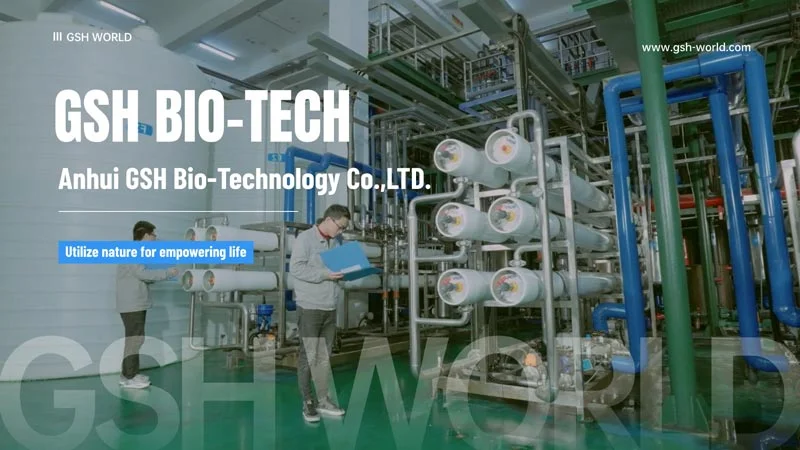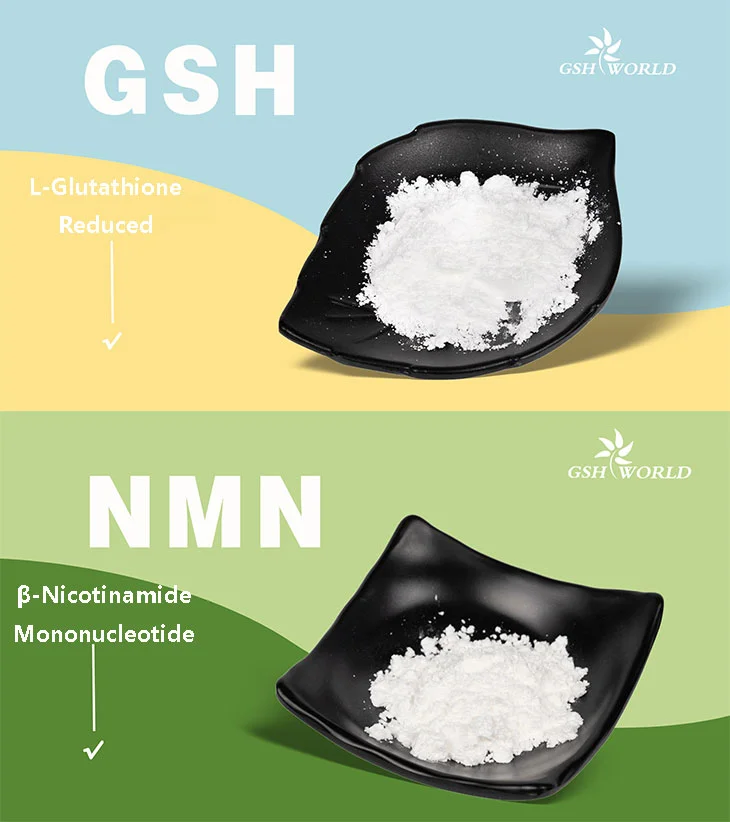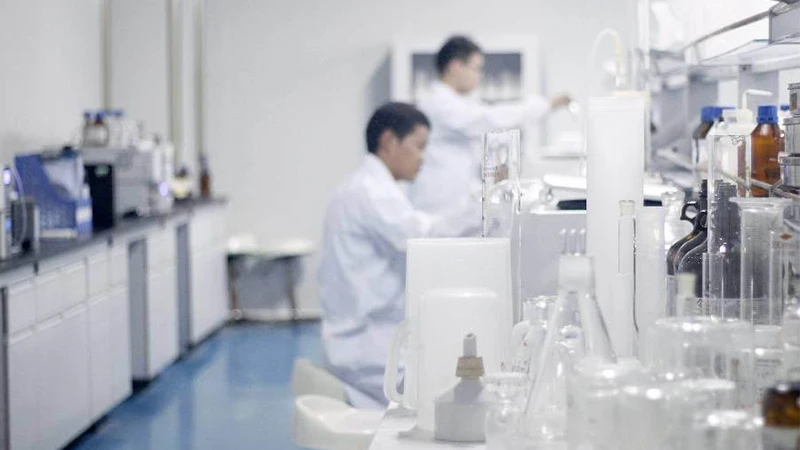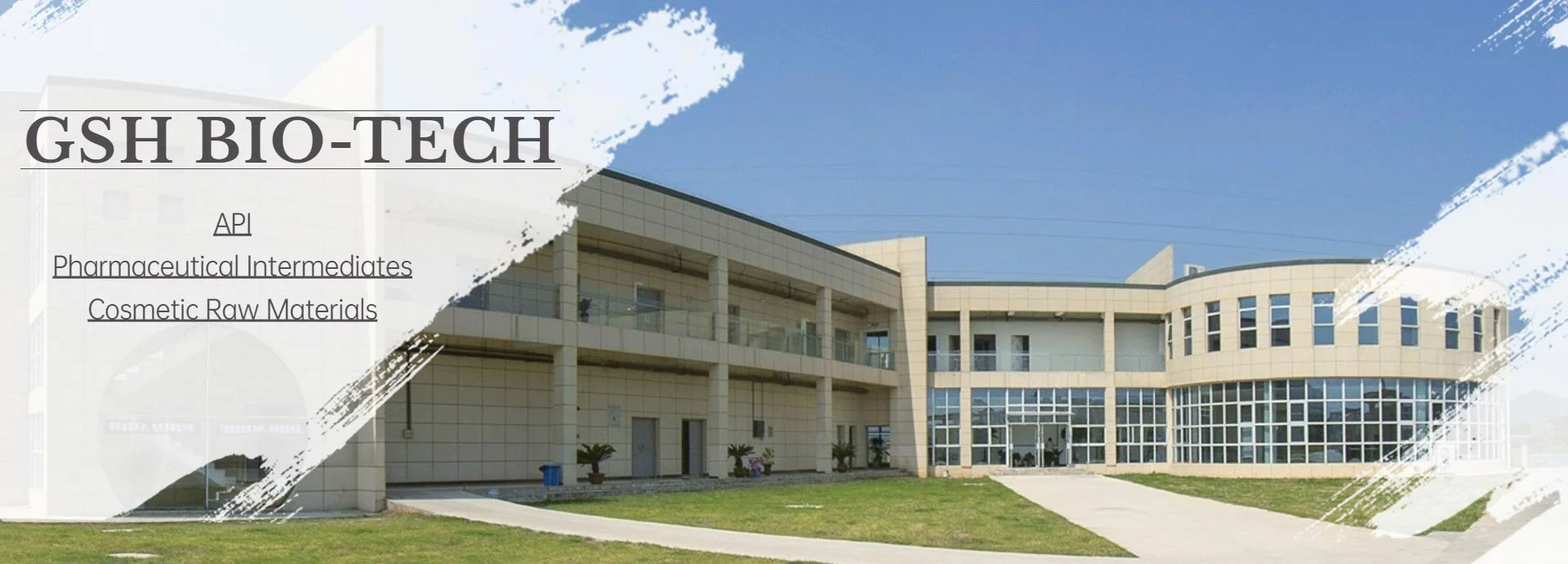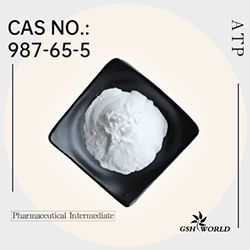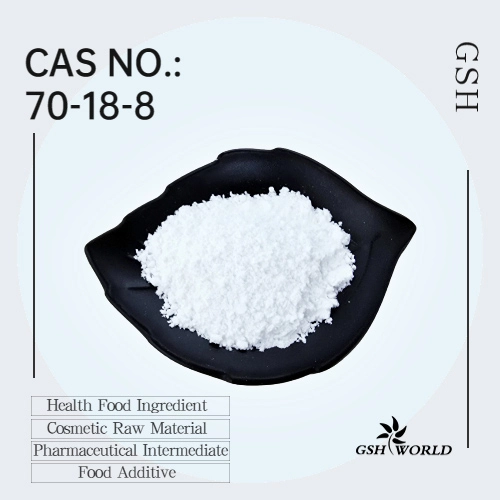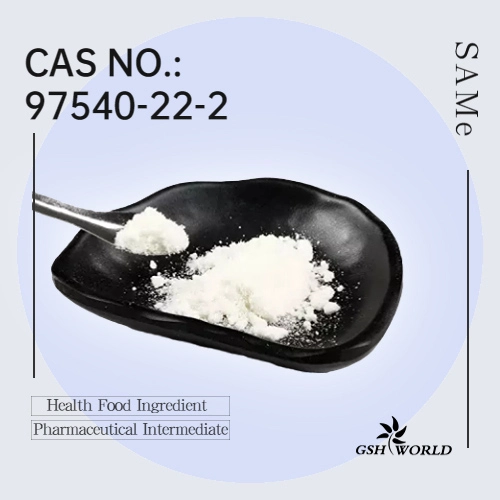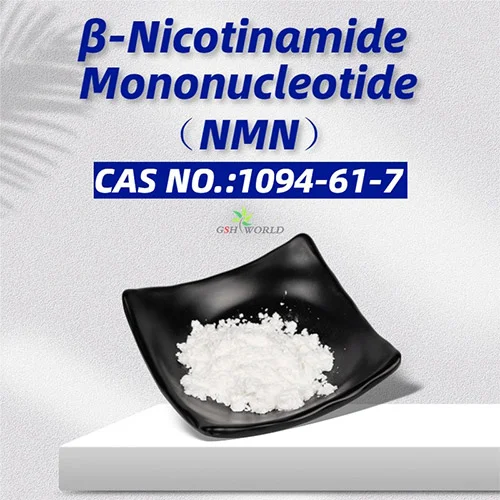The role of adenosine triphosphate (ATP) as a food additive
Adenosine triphosphate (ATP) is an important biochemical compound found in nature, and is commonly used as a food additive and enhancer. ATP consists of three phosphate molecules bonded to adenosine and is the energy source for many biological processes, including catabolism and metabolism. It plays a key role in the transfer of energy for the body, and is essential for the living cells and tissues to work properly. As a food additive, ATP serves two purposes.
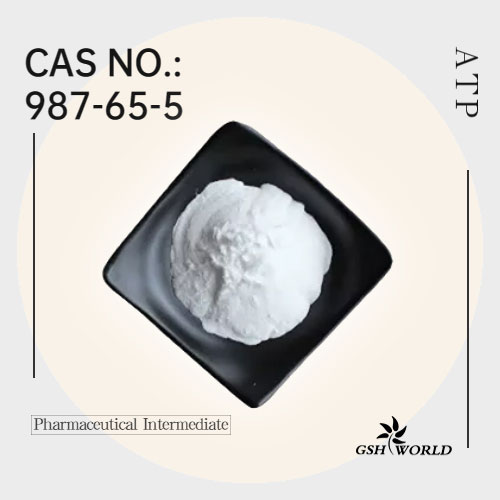
The first purpose is to enhance flavor. ATP increases umami, the fifth taste sensation, which adds depth and complexity to savory and salty foods. This can range from frozen pizzas and sausage to savory seasonings, soups, and soy-based products. As an umami enhancer, ATP can help boost the taste of processed and pre-packaged products while aiding in the reduction of sodium and sweetness levels.
The second purpose is to act as a preservative. ATP is an effective preservative due to its antimicrobial properties. ATP works by inhibiting the metabolic activity of microorganisms and irritants, while also retarding the growth of naturally occurring bacteria, mold, and yeast. This can be beneficial in preventing spoilage of various food products, particularly those with short shelf-lives or high water activity.
In the food industry, ATP is often used in combination with other preservatives, such as calcium chloride and sodium nitrite, to give an additional layer of protection against spoilage, especially in products with high moisture levels. ATP also helps to maintain the quality and stability of foods by increasing their shelf-life, improving their taste and texture, and preserving their nutrients.
The safety and efficacy of ATP as a preservative and food additive has been investigated and approved by the U.S. Food and Drug Administration (FDA) and the European Union (EU). The concentration of ATP in food products is well-regulated by the FDA and EU, and the limits for its use vary between countries. The maximum permitted level of ATP in food products is generally recognized as safe (GRAS) by the FDA.
ATP can be found in many of today’s food products, including seafood, dairy products, condiments, and dehydrated soups and sauces. It can also be used as a flavoring or coloring additive in various packaged and processed foods, such as chips and crackers. However, it is important to read food labels and understand the contents and ingredients of food products, particularly those containing ATP, to ensure they are safe for consumption.
by GSHWORLD
GSHWORLD is China Biological API Manufacturer. China Adenosine Triphosphate Supplements powder suppliers & best Adenosine Triphosphate benefits raw material Factory.

